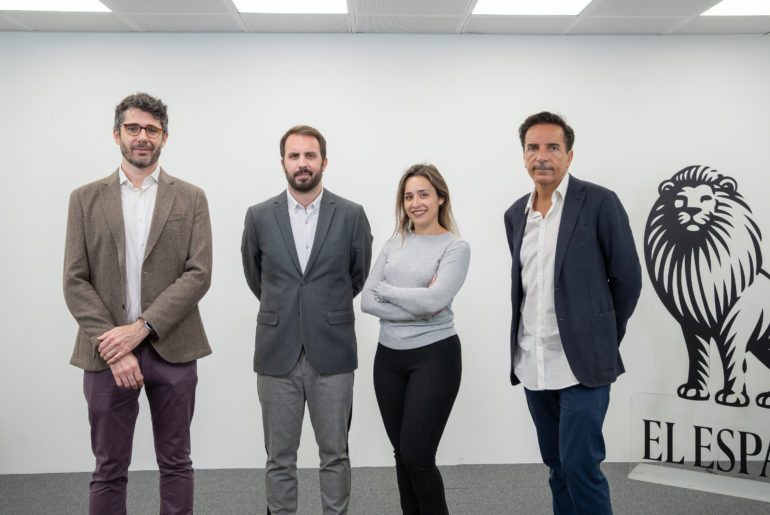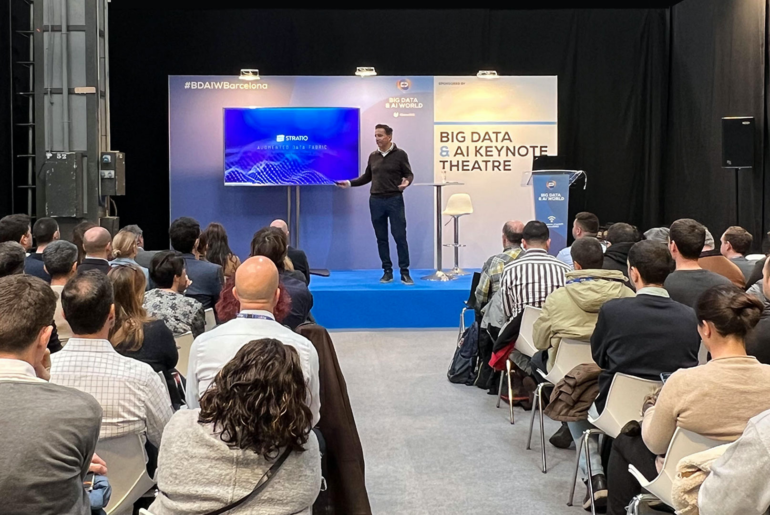Representatives from Stratio BD, BBVA AI Factory and Bizum agree on the challenge and the need to work with data in real time with scalable solutions. In recent years, big data has become a powerful tool in all sectors – from marketing to healthcare. In marketing, for example, it is used to build targeted messages; in healthcare it is used to predict diseases and design personalised treatments; and in city traffic management it is used…
Oscar Méndez, CEO of Stratio spoke at the recent Big Data & AI conference in Barcelona on Current data trends: the union between Data Fabric, Artificial Intelligence and Metaverse. With standing room only in the auditorium, Oscar shared a realistic vision of what the future holds and gave the key to making the Metaverse mainstream. We, at Stratio, know that companies are not getting all the value that their data can offer. Through big data…
Migrating to a public cloud is never an easy task. It triggers very often questions like:
– Will the application have compatibility issues that make us stop?
– Could the private data be accessed by the owners of the cloud or by anyone else outside of the company?
Stratio is excited to announce our new connector for Tableau. Stratio is now a Tableau Connector Gallery launch partner!
Over 90% of world trade is in the hands of the international maritime shipping industry. Every year, it moves more than USD 4 trillion of goods. For shipping companies, there’s a lot of pressure to remain on schedule, protect the cargo ship and crew, and ensure profitability. And we can’t say it’s easy.
Serverless means literally “without server” and it refers to a way to deploy and execute applications where the owner of the application doesn’t have to worry about the server and infrastructure used to serve it.
MLflow, the open-source platform released by Databricks in June 2018, has found a quick and broad acceptance in companies around the world.
Over the last few years and even now, we usually hear that in order to build a microservices architecture or any distributed system, the services must be stateless. This way if we need, we can scale out adding more instances to face all the traffic that arrives. However, these systems also need to store the state in some way.
Discover how to solve the recurrent problem of floating IPs when using highly-available virtual routers in AWS. This approach will show how the new master router can claim an EC2 Secondary private IP in the failovering transition.
AI is very quickly expanding in the healthcare industry. Its primary role has been to automate processes to make it easier for employees to work on more complex people-related concerns. Yet as the technology develops, some reports have shown that AI is also being used as a diagnostic tool.










